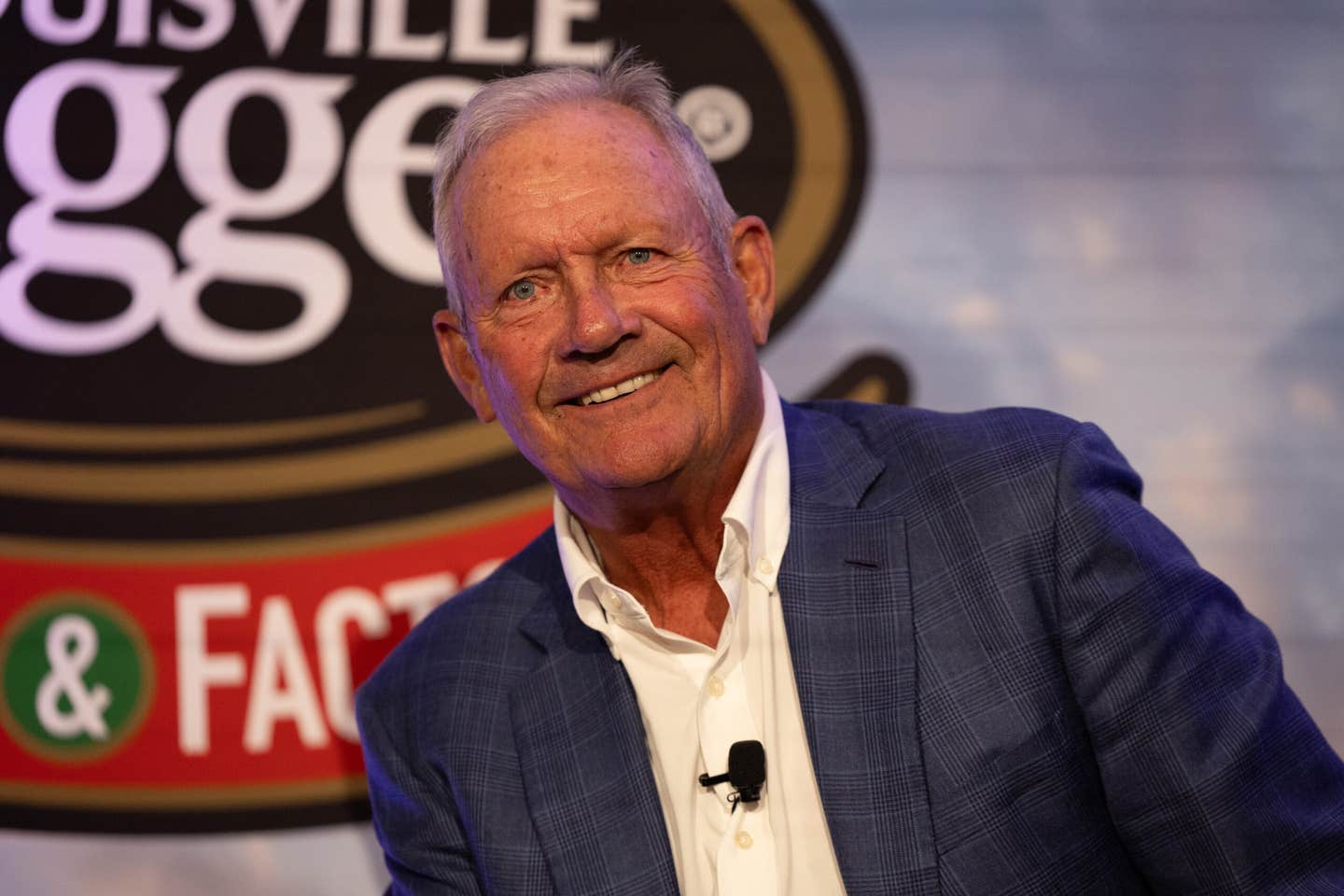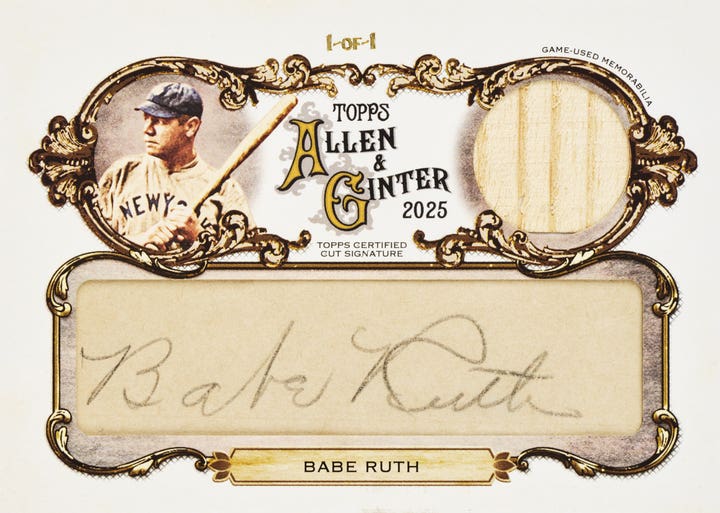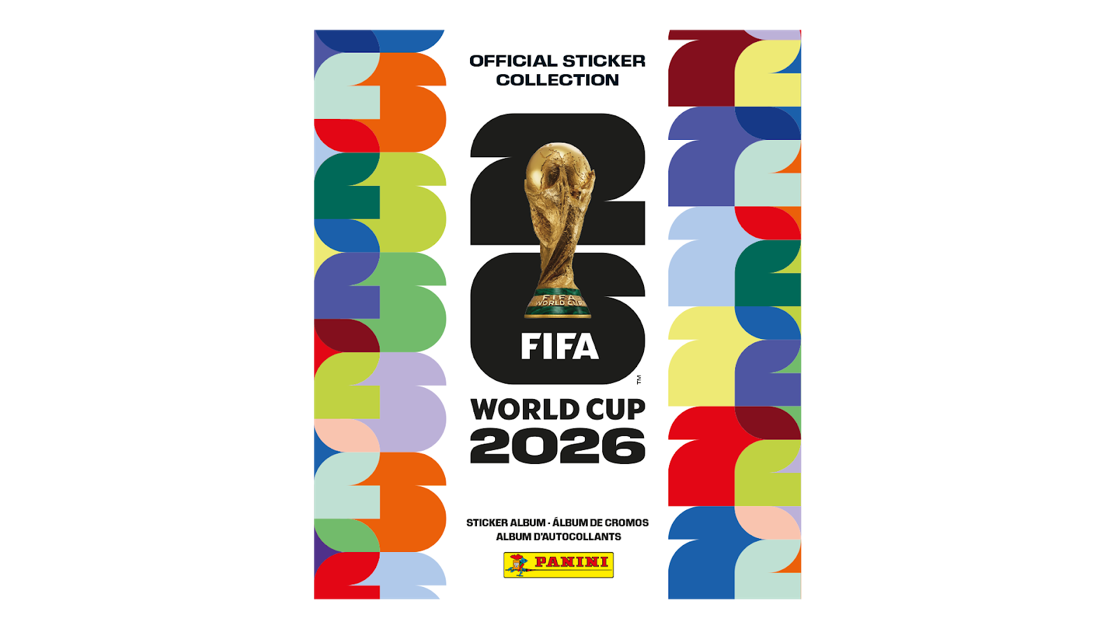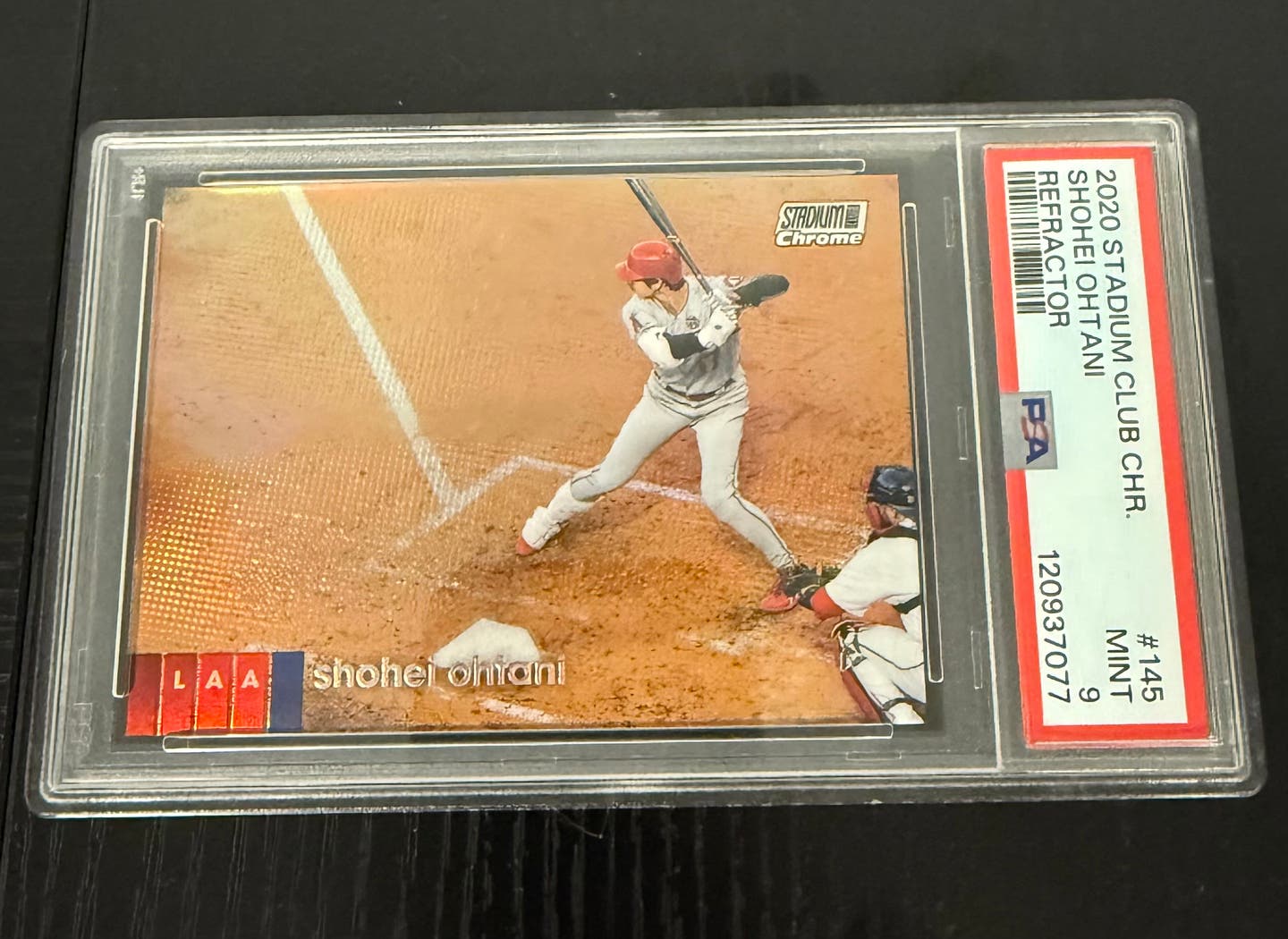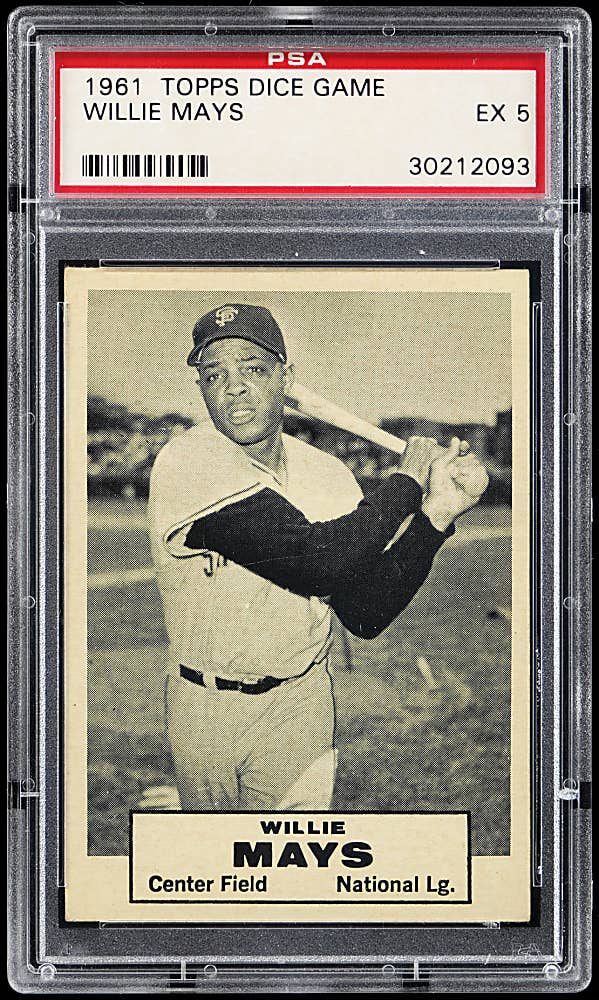Collecting 101
Put a positive spin on autograph collecting
I have read with interest the recent articles and subscribers letters regarding autographs and autograph authentication. Almost without exception, discussions and dialogs concerning the autograph collecting segment of our hobby seem to focus on the negative. Catastrophic events, while certainly negative, do sell a lot of newspapers, just as negative forces at work in our hobby tend to move a lot of newsprint around.
At the risk of sounding like an old geezer (I'm 48), I've been actively involved as an autograph collector since I was a kid and as a fulltime autograph dealer since 1984.
To say that "things have changed" in the past 21 years would be like saying the Titanic "took on a little water." However, my experiences day in and day out over the past 21 years with other dedicated autograph collectors and dealers have proven to me that there are far more "good guys" in this hobby than anyone seems willing to acknowledge.
I have made lasting friendships and have met more than a few autograph dealers who would, if they could justify it to their families and to the bank that holds the mortgage on their house, gladly do for free what they do for a living. I remember the late George Sanders, who literally wrote the price guide for autographs and spent years working for TV and radio interviewing the likes of Ty Cobb, John F. Kennedy, Martin Luther King and virtually anyone who was someone in the 1940s and 1950s, telling me shortly before his death: "Never write anything negative about autograph collecting, there's too much good stuff to write about it." And that is absolutely true, even today.
There exists in every field of endeavor people who do their job well and those who do their job poorly. There are bad doctors, bad lawyers, bad plumbers, bad dentists, bad car mechanics, bad autograph dealers and bad autograph authenticators.
You find the good ones by trial and error, by word of mouth and by experience, both good and bad. If upon encountering our first bad or unethical car mechanic we threw our hands in the air and said, "That's it, I'm never gonna own a car again," we would all be riding horses to the post office to pick up the current issue of SCD.
But we don't do that, we instead find a different mechanic, a "good" one, we ask around, we educate ourselves a bit. In the early days of my own collecting pursuits, I had asked hobby veteran Doug Averitt what was the best way to protect myself against buying bad autographs (yes, there were forgeries even then), and deal with good people.
"Its simple," he said, "just ask around." This overly simplistic approach really worked because if you ask around, there will always be names that overlap. Then take the five names that overlap the most and just do business with them. You'll end up with an impressive collection and you won't have to ride a horse.
About eight years ago, when PSA decided to assemble an "autograph authentication team" to complement their already wildly successful card-grading department, I was chosen as one of the original four autograph authenticators, which then consisted of myself, Richard Simon, Jimmy Spence and Ron Gordon. This represented a pretty respectable group of guys with around 100 years of experience combined. We worked together for almost two years. Submissions were independently evaluated to arrive at a score determined to conclude if an item was "more than likely" authentic or "more than likely" not authentic.
If, after having arrived at our conclusions, we were not unanimous, the authenticity of the item would be up for debate, meaning the contrary authenticator or authenticators would have to present a solid case as to why they believed something was genuine when some of the others thought it was a fake and vice versa. There was on occasion some pretty spirited debate, even some shouting matches.
I went away from the experience marveling not on the number of items we disagreed on but at the amazing number of submissions that we all totally agreed on independent of each others conclusions, which illustrates a point: determining the authenticity of an item is not rocket science. An educated consumer is the best protection against any of the frauds and fakes we are likely to encounter.
Let's take a step back and examine what happens to that bad car mechanic if no one takes their car to him to get fixed? But what if he promises to fix your vehicle for $10 when the "good" mechanic (you remember, the one that everyone recommended) says its going to cost at least $500? Too many people seem willing to "throw the dice" and take the $10 gamble when in the end it winds up costing more than the original $500 to fix it after the "bad" mechanic gets through with you.
Whose fault was it if you took the gamble? Too many autograph collectors seem willing to take that same gamble. In the course of an average week, I receive at least a dozen calls or e-mails from collectors looking for an "inexpensive" Christy Mathewson or Babe Ruth.
After coming to the realization that the opposite is true, you can damn the market of supply and demand or you can tailor your collecting according to your budget. There are hundreds, if not thousands, of former baseball players (some pretty good ones, too) or fabled athletes of other sports whose authentic autographs can be found for less than the average price of dinner.
Yes, there was only one Babe Ruth but maybe your wife, son or daughter would rather see you settle for a Riggs Stephenson (lifetime batting average .336 and possible future Hall of Famer) for around $20 and use the money you have left over to buy that new sofa she's been bugging you about.
You'll accomplish a lot more with the same amount of money you would have spent on that "inexpensive" Babe Ruth autograph and you'll get to add an authentic, affordable autograph to your collection, your wife gets the new sofa and you take a small step in helping the "bad mechanic" find a new line of work.



